Tags
accordion format, Ada Lovelace, Analytical Engine, British, Charles Babbage, computer, computer programmer, Difference Engine, grommett, handwritten, inkjet, Jacquard looms, Kelly Whitman, Lord Byron, mathematics, punch cards, The Enchantress of Numbers, this is my body press, typewritten
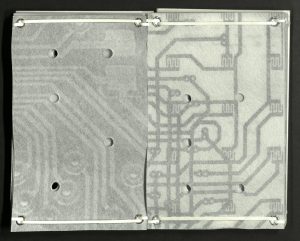
“The valleys filled with silicon and I was forced to learn a new language. Now I speak in bits and bytes. Strings of zeros and ones. I navigate a new topography.” –Kelly Wellman
“Imagination…is that which penetrates into the unseen worlds around us, the worlds of Science. It is that which feels & discovers what is, the real which we see not, which exists not for our senses.” — Ada Lovelace in a letter to Charles Babbage
Ada’s Echo
Kelly Wellman
California: this is my body press, 2001
N7433.4 W448 A32 2001
Countess Ada Lovelace (1815–1852), a British mathematician and musician, was the first computer programmer. In 1833, Lovelace, daughter of Lord Byron (who abandoned her as a child), befriended Charles Babbage (1791–1871), the designer of the Difference Engine, considered by many to be the first computer. Babbage died before completing the machine. The Difference Engine was designed to run on punch cards like those used at the time to run Jacquard looms.
Lovelace helped Babbage refine and direct his ideas, editing, footnoting and often correcting his work. Her writings are considered among the earliest texts on modern computer programming. Lovelace and Babbage carried on a lifelong correspondence. Babbage called her “The Enchantress of Numbers.” Lovelace’s friend, Florence Nightingale, explained her prowess in mathematics as “vitality of the brain.”
Pages are inkjet printed and composed of layered sheets. Translucent paper forms the top and main text page through which the secondary text and shadowy images are seen. By layering the pages, progress is depicted as a process of accrual, in which many hands and voices contribute over time.
The modified accordion binding was produced by weaving pages together through grommetted corners (at both the head and foot) with plastic paper strips. Pages are punched with different configurations of holes to recall punch cards. Plasticized paper over board covers are also punched.
Handwritten text excerpted from Ada Lovelace’s letters to Charles Babbage. Typewritten text by Kelly Whitman. Issued in handmade box. Rare Books copy is no. 7 in an open edition, signed by the author.

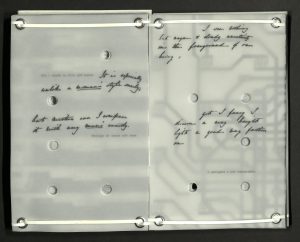
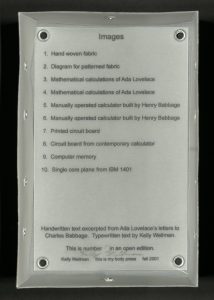
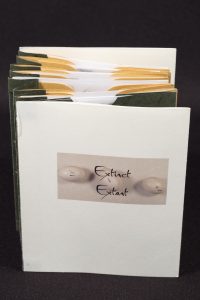
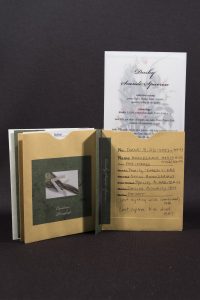
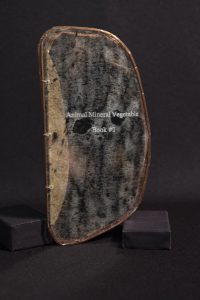
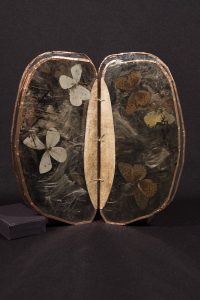
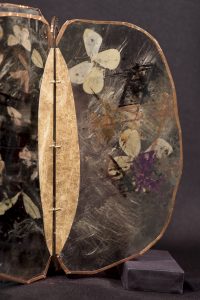
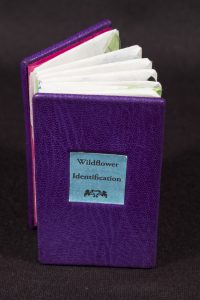
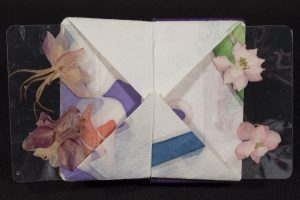
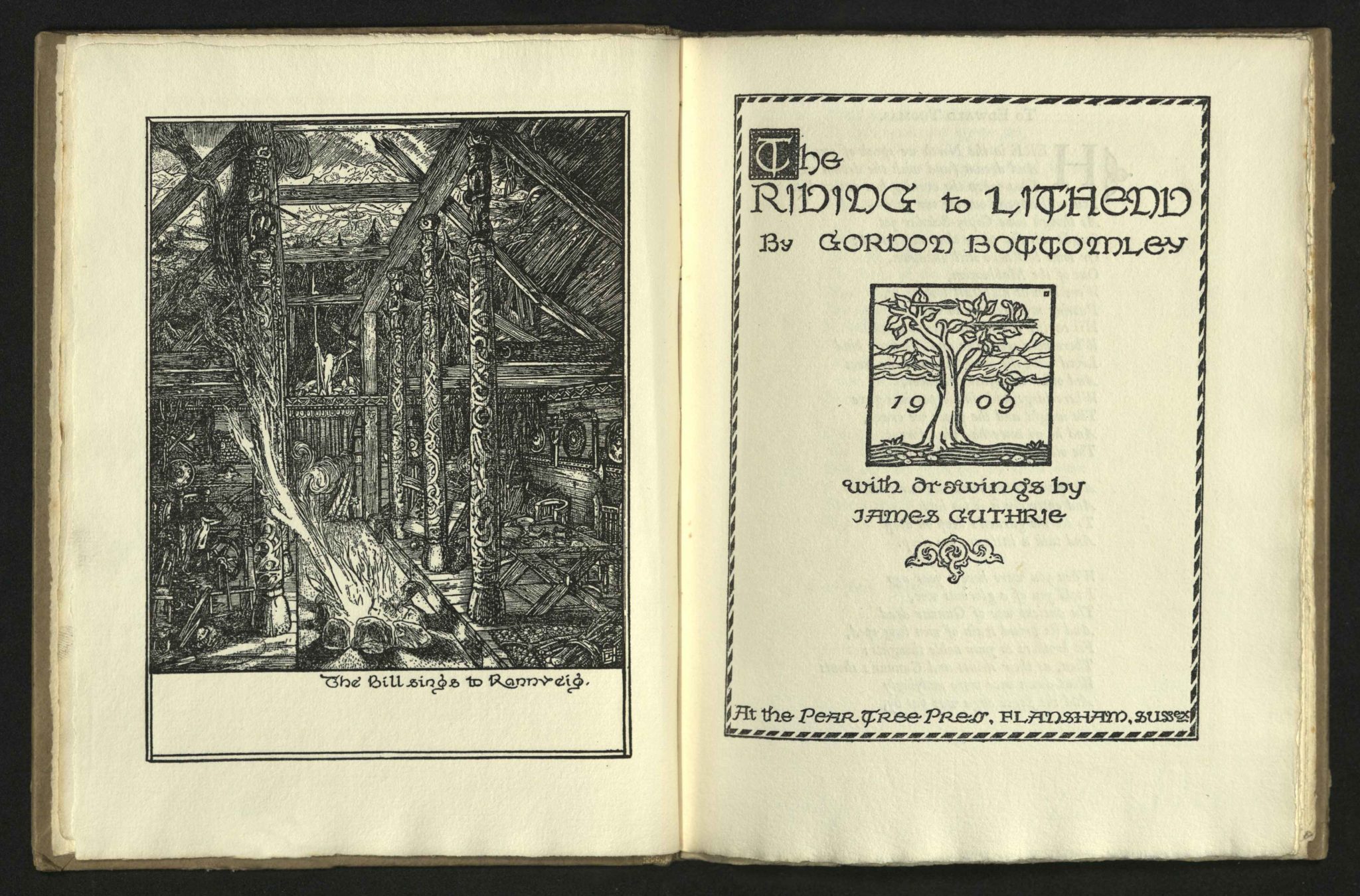

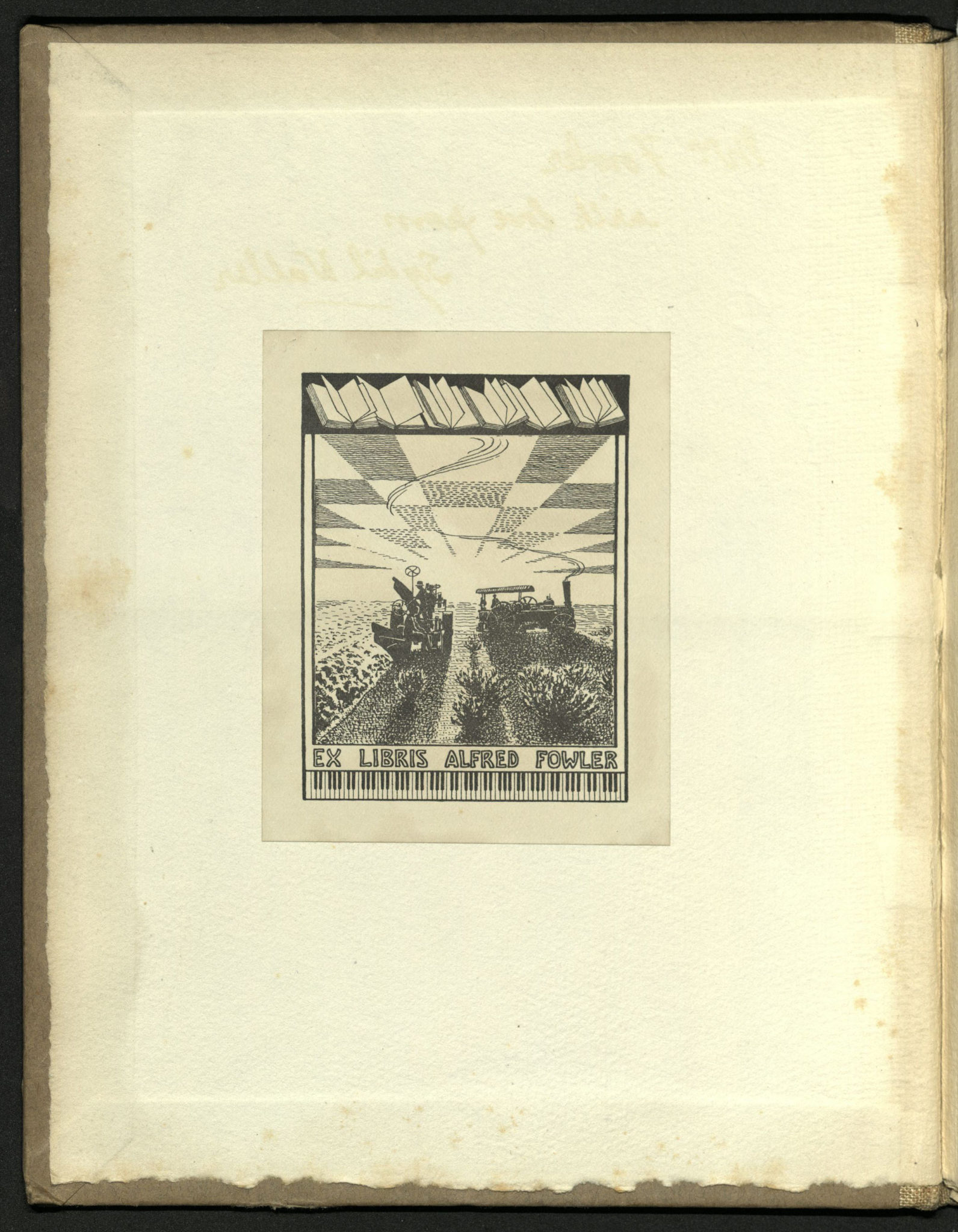
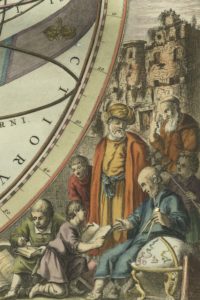
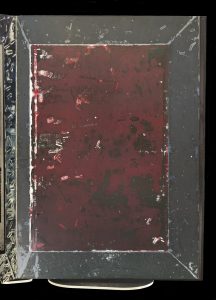
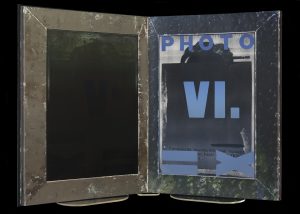
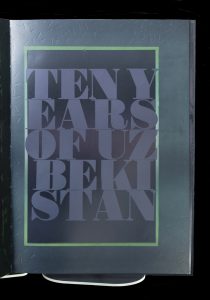
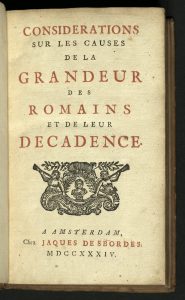
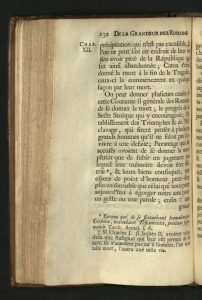
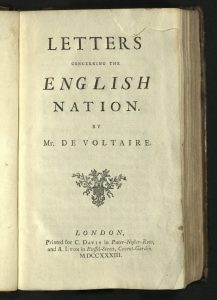
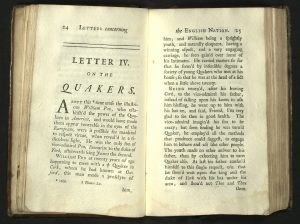
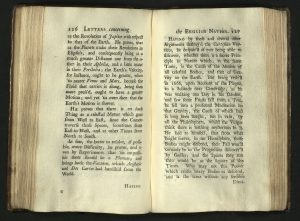
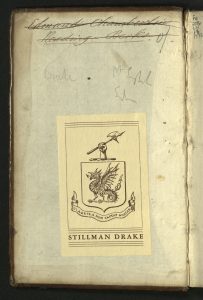
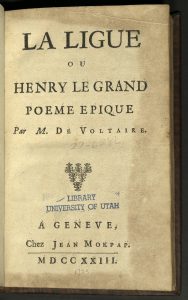
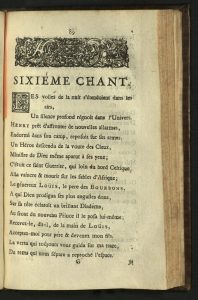
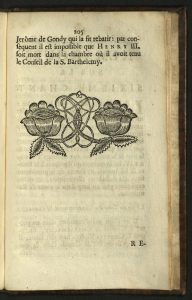
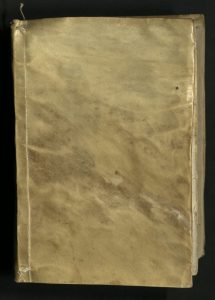

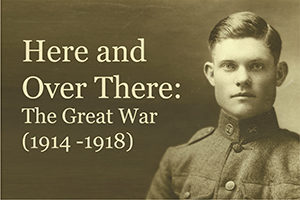
You must be logged in to post a comment.